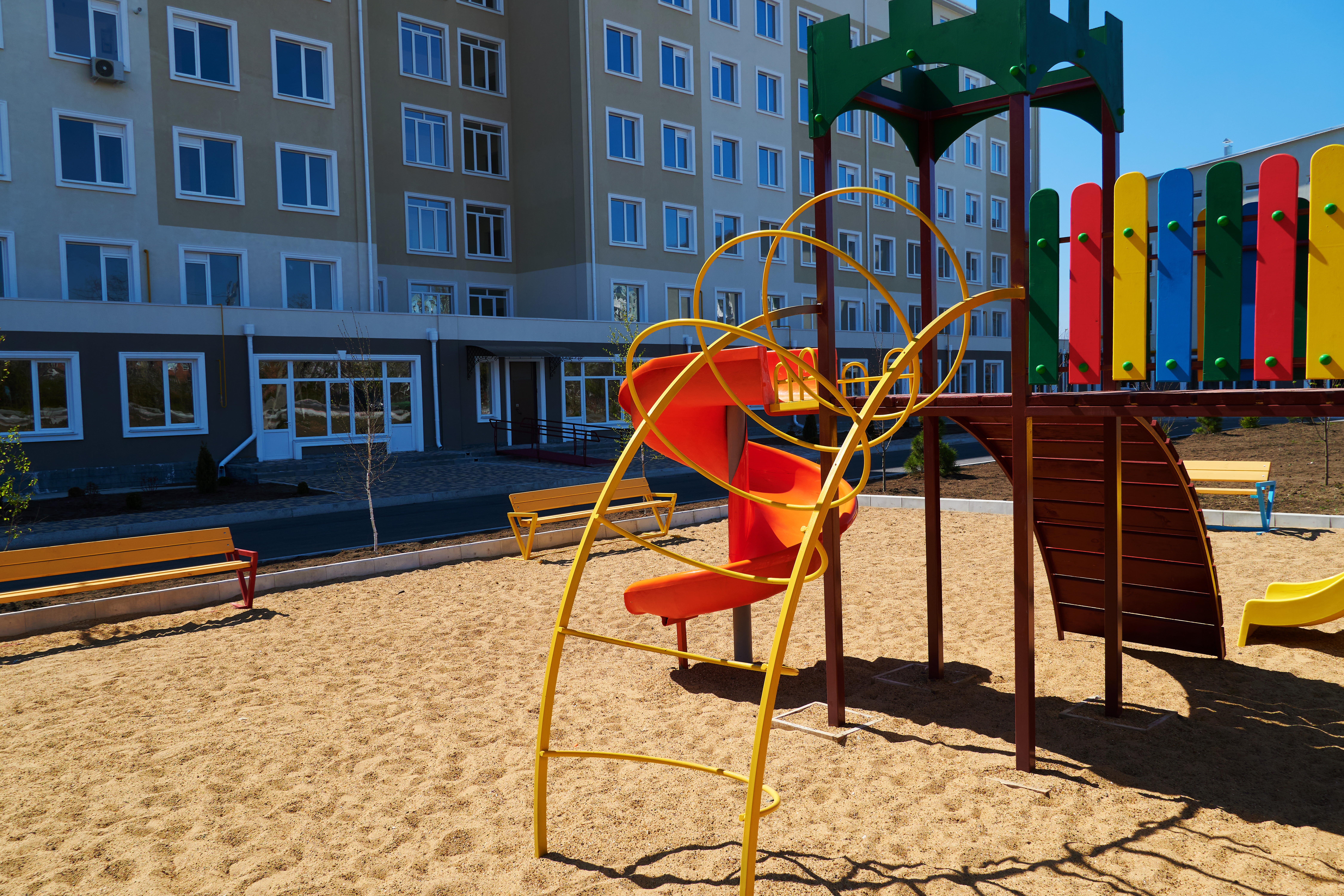If you’re wondering how and why to set aside appropriate funds for the replacement fund, it’s all about maintaining the value and starts with the engineering study.
Included in the operating budget each year for an Association is an allocation to the replacement fund. This contribution is based upon an engineering study that includes a list of all the common elements within the Association, their estimated replacement costs, and remaining useful life for each component. The replacement of these common elements tends to be the largest expenditures an Association will likely incur. To budget for these expenses as they arise would result in drastic swings in maintenance assessments every year. In an effort to level these swings, the Board should be setting aside funds each year to be used for future major repairs and replacements of the common elements. The funds may not be utilized each year if no major expenses arise; which is expected and ok! Funds will accumulate overtime for future needs as large capital expenses are required. It may be tempting to dip into the large pile of cash to utilize in other areas or offset maintenance fee increases each year however, you would be doing your Association a disservice in addition to not following the IRS provided guidelines for these funds.
Now that we understand the importance of setting aside these funds, what expenses can be charged to the replacement fund, let’s take a look.
When the time has come to make a large capital replacement or a major repair – the most common question we get is – can I use the replacement fund for this? The answer will always be twofold. The first part is to look at the replacement study and confirm it is listed as a common element. Once confirmed, you have to look at the work being done. If it is a minor repair, it may be prudent to expense it in the operating fund. However, if it is a major repair that extends the useful life of the common element, the replacement fund may be used. And of course, if the item is being replaced, the replacement fund is the proper fund to utilize. For these reasons, it is extremely important for the Board to thoroughly review the common elements listed in the engineering study. The Board members and management know the Association best and will be able to pick up if the engineer left out a common element. Have a major common element that is not included in the study? No problem. If the Board has approved the addition of a new common element (for example a playground, fencing, or a new concrete walkway) you can still use the replacement fund for these new items. However, it is imperative that the Board ensure that these items are tracked and added to the next engineering study. By including these items in the new study, it will increase the annual replacement funding to replenish the funds used that were NOT set aside for these items AND set aside for the future replacement of these new items. I would like to emphasize this is only for the addition of new major capital items and common elements, NOT for minor repairs.
Now that we know what the replacement funds that have been set aside can be used for, it is important that not only the Association has a recent, all-inclusive study, but that the Board is contributing in line with the recommended funding provided by the engineer. This will ensure that the Board is meeting their fiduciary responsibility to have the funds available in the replacement fund for when the time comes to incur these expenses. Having set aside adequate funds in the replacement fund will lead to the good overall financial health of the Association.





